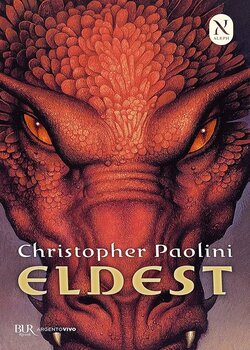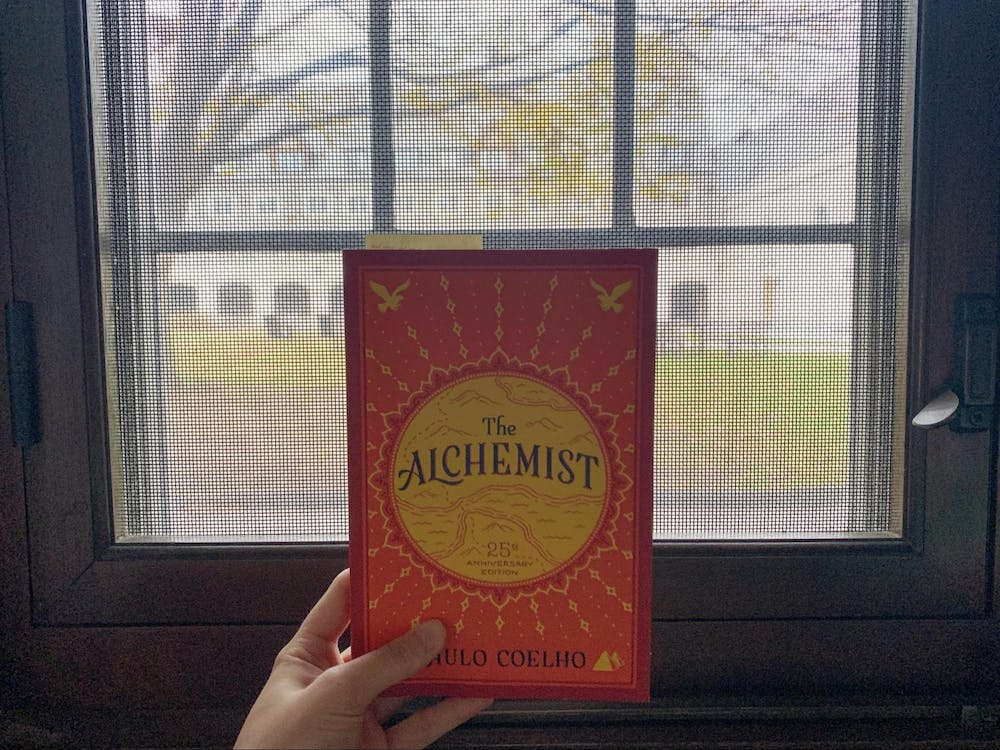
After reading Christopher Paolini’s Inheritance Cycle first book, I was excited but also a bit worried about reading Eldest, the second book in the series. The first book, Eragon, grabbed my attention, so I was hoping this one would be just as good. I’ve read lots of fantasy books, from Tolkien’s detailed world of Middle-Earth to the complex kingdoms in George R.R. Martin’s Westeros. Reading so many different fantasy stories has made me pretty good at spotting common themes and seeing when a book brings something new and exciting to the table.
Eldest keeps telling the story of Eragon, a young guy who rides a dragon named Saphira. The story starts right after a big battle called the Battle of Farthen Dûr. You can tell Paolini has gotten better at writing; his storytelling in this book is smoother and more confident than in Eragon. The plot in Eldest has more layers and is more complicated. Paolini dives deeper into big ideas like responsibility, having power, and figuring out who you are. The story starts to include perspectives from characters other than Eragon, which is a daring choice. This change lets us see more of the world of Alagaësia, especially through what happens to Roran, Eragon’s cousin. But, this new way of telling the story can sometimes make the pace feel off, causing the storytelling to not always be smooth. The parts that talk about politics and Roran’s challenges are key for creating a rich world, but they can sometimes slow down the main story’s excitement.
Paolini describes the places in Alagaësia so well that they feel real, and he adds interesting new details about the world’s history and myths. He especially does a great job showing more about the elves and their way of life. The way Paolini makes up old languages and traditions for his world is similar to how Tolkien, the writer of The Lord of the Rings, paid a lot of attention to small details. However, Eldest often uses a lot of common fantasy story ideas that we’ve seen before. You can really notice parts that remind you of Star Wars and The Lord of the Rings, like wise mentors, surprises about family backgrounds, and the typical journey of a hero. Even though these parts are normal in fantasy stories, sometimes they seem too much like they’re just copied from other stories instead of being a respectful nod to them.
In Eldest, Paolini tries to tackle some big and tricky themes. He looks into the confusing morals of war, how hard it is to be a leader, and the puzzle of whether our lives are controlled by fate or if we can choose our own paths. He mixes these big ideas into the story in different ways. Sometimes, though, the way he explores these deep thoughts doesn’t feel natural. It can come across as too obvious and not as deep or subtle as what you might find in more grown-up fantasy books. From a writing point of view, Paolini’s style in Eldest is easy to understand but still paints a vivid picture, making it a good book for young people to start reading high fantasy. But for someone who has read a lot, the way he writes might not seem as beautifully detailed and poetic as the writing of authors like Ursula K. Le Guin or Patrick Rothfuss.
Eldest does a good job of adding more details about the world and the characters we met in the first book. it does get better at telling a deeper and more complex story. For young readers or those new to fantasy books, it’s a fun and easy-to-understand adventure. But for those who love and know a lot about fantasy, it’s a journey that feels pretty familiar. It’s nice because you know what to expect, but it doesn’t offer anything super new or exciting.


